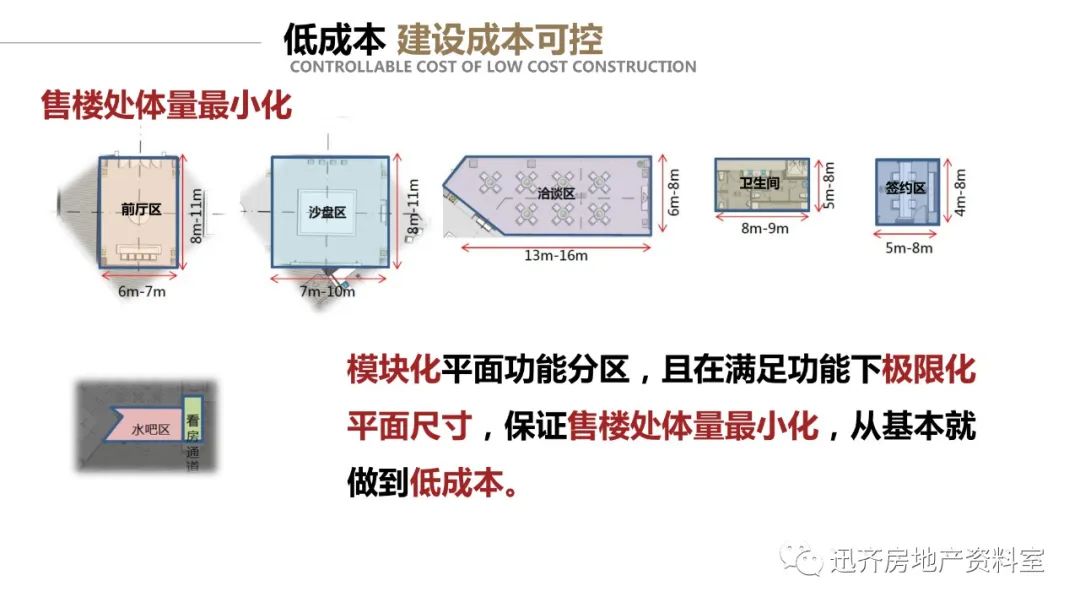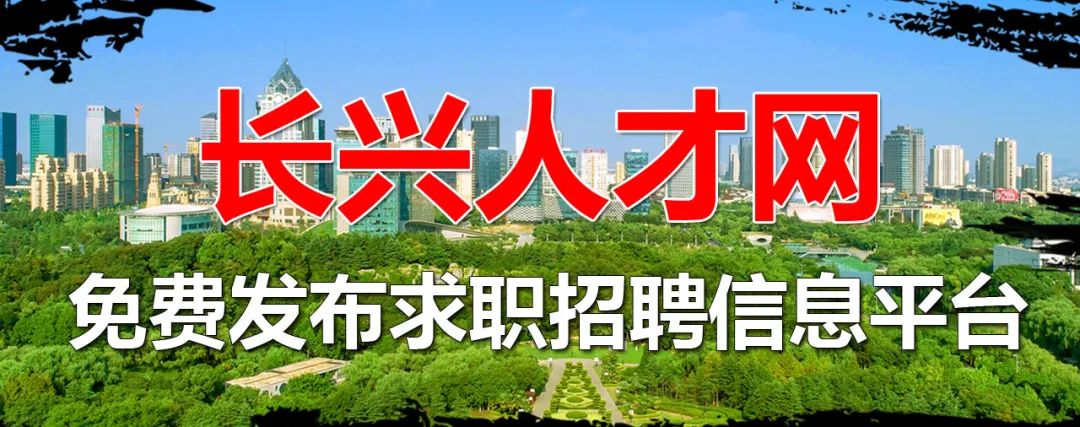The five connected and divided spaces in the building represent five different functional spaces: access, Buddha participation, tea drinking, living and bathroom
.
He is now an associate professor of the school of architecture of the Central Academy of fine arts
.
In one corner of the studio is the material area
.
The interaction between light shadow and structure is formed by using fair faced concrete and the structure with natural light
.
Www.archstudio.cn starting from the “curved corridor courtyard”, Han Wenqiang has successively completed the “folding courtyard”, “twisting courtyard” and “folding courtyard”, and has many experiences in the Hutong reconstruction project: how to make appropriate demolition and reconstruction based on the existing conditions, increase the vitality of the building space and respond to the new building functions, until he has completed the complete set of quadrangle reconstruction project “seven house courtyard”
.
Han Wenqiang adheres to the basic viewpoint of “space is the medium” and uses the method of “relationship design” to give shape to things and create environment for the heart, so as to maintain the harmonious balance between man, nature, history, commerce and space environment
.
A
.
The reconstructed building will be used for office and party
.
There are no doors, windows and walls in the hospital, and rough wood structure beams and columns are exposed
.
The picture is from photographer HQ
.
In the front is an open space, including two brick houses and an old tree; At the back is a U-shaped building with a glass roof covering the inner courtyard
.
It is not only a path channel, but also re divides the courtyard level, and brings the fun of viewing and walking.
.
As a contemporary “urban reception hall”, twist courtyard needs to create a relaxed, free and elastic space scene
Project “Qishe courtyard”: the “cornice” on the “corridor” is embedded in the original roof
.
While improving the construction quality and infrastructure, the transformation focuses on creating specific scene experience based on the Hutong environment, so as to attract urban people with increasingly diversified consumer demand
.
For example, his quadrangle reconstruction project “twisting courtyard”, the original four houses are built based on the ritual hierarchical concept and code of conduct in the traditional courtyard, which is an ethical expression in the traditional society
.
After completion, the designer decorated these materials indoors and outdoors as landscapes, steps and flower pots; The wooden beams discarded in the building restoration were transformed into seats“ “Veranda” has always been a basic element in Chinese traditional architecture
.
The original building is not the common slope roof building of quadrangles, but several separated brick concrete flat roof buildings
.
The building is like a hidden space hidden under the earth hill, extending in the original forest like a tree fork without disturbing the existence of the trunk
.
It was not until the Hutong reconstruction project “qulangyuan” designed in early 2014 that he became the first work to achieve landing
.
Trees, skylight, water covered with lotus, these natural elements work together with architecture to make people feel a sense of spiritual ritual
.
Compared with residential houses, the houses here are tall
.
Different materials need team contact, research and practice in various projects
.
The construction project covering an area of only 500 square meters reflects the design concept of the studio: material space not only meets functional attributes, but also needs spiritual connotation and experience value
.
Before this transformation, the house structure has been rebuilt as a whole
.
D
.
| Shuian Buddhist hall project “Shuian Buddhist hall”, Starting from the relationship between architecture and nature, the design uses the way of covering the earth to hide the architecture under the earth mound, highlight the natural divine temperament with the flowing internal space, and shape a sensitive place where trees, water, Buddha and people coexist
.
| Dieyuaner “dieyuaner” is hidden in a traditional commercial block near Qianmen, Beijing, covering an area of about 500 square meters
.
This is a work designed by the architectural camp design studio led by Han Wenqiang in 2015
.
There are a row of arched doors and windows along the street in the south, and two floors of houses in the north
.
After the completion of the project, “qulangyuan” has won a number of architectural and interior design awards at home and abroad
.
When the social structure changes, the user population also changes
.
He has done a lot of creation and practice in the reconstruction of old hutongs in Beijing
.
| Twisted courtyard architecture is not only the construction of a physical entity space, but also the construction of relationship
.
were accidentally found
.
” The design of the project “pianfeng Gallery” hopes to respect the spatial characteristics of old industrial buildings, improve the functional layout of contemporary art exhibition hall and improve the quality of internal space
.
| The folding yard covers an area of about 410 square meters
.
| “Qiheyuan” project: the “cornice” on the “veranda” is embedded into the original roof
.
During the construction process, stone chips, pots, grinding plates, etc
.
It has been unable to meet the use of contemporary life and needs to be completely transformed
.
Most project teams will carefully prepare building models, and the model area displays past classic cases Model, including obtaining ELLE Decoration home gallery is the “seven homes in one courtyard” in the 2021 best residential project award of “China Interior Design Yearbook”
.
Architects introduce “veranda” as the most visible addition in the transformation of “seven houses in one courtyard”, connecting the originally separated seven houses into a whole
.
Click below to enter elledeco video number and walk with us Han Wenqiang Han Wenqiang, born in Dalian, Liaoning Province, holds a master’s degree from the school of architecture of the Central Academy of fine arts
.
There is such a sketch building in Tangshan, Hebei Province: the building is surrounded by riverside trees and wild vegetable fields
.
In different project scales, functional formats and constraints, his design attempts to respond to the same problem: how to make the architectural space have a closer relationship with people, rather than the grand scale urbanization trend“ Architecture should be based on natural climate, natural site and natural materials, naturally form design concepts, and interact with people’s body and emotional memory
.
When recalling the design process of Shuian Buddhist hall, Han Wenqiang said that the design inspiration came from the characteristics of the site, creating a path for people to walk under the woods, “let this path become a building”, “the surface covered with soil becomes an earth slope, and becomes a building hidden in the site.” Entrance B | As early as the graduate stage of the Central Academy of fine arts, Han Wenqiang has participated in large-scale urban architecture bidding, but many projects have not been finally implemented
.
In the project “Qishe courtyard”, the designer moderately adds new materials on the basis of maintaining the material characteristics of traditional buildings, and pays attention to maintaining the mark of time iteration, so that there are slight differences and superposition between the new and the old
.
The change of users makes the space equal and comfortable
.
The building refers to the prototype of monks practicing in caves and covers the building under mounds
.
People can walk in it or meditate
.
This is also in line with the concept of the project “Shuian Buddhist hall”: for people to meditate, meditate and meditate
.
According to architect Han Wenqiang, space is a medium
.
The picture is from photographer HQ’s almost deserted L-shaped courtyard
.
C
.
We visited Han Wenqiang’s architectural camp design studio in 798
.
In the design, taking “relational design” as the starting point, coordinate and deal with the relationship between size, inside and outside, old and new, as well as man-made and nature, so as to enhance the spiritual connotation and experience value of material space
.
The site is divided into two parts
.
For example, in the Hutong reconstruction project, Han Wenqiang did not blindly follow the structure of the original building or create a “good-looking” space, but also combined the needs of the new era and dealing with the relationship between the new and the old, so as to form a “new building type” to achieve a breakthrough in significance
.
The old building structure is aging, the rooms are narrow and closed, and lack of infrastructure
.
F
.
E
.
Under the concept of “repairing the old and embedding the new”, it not only restores the texture relationship between the yard and the house, but also increases the comfort and spatial function necessary for contemporary life
.
Click the picture link to read the previous report on Qishe Heyuan
.
The original building is a quadrangle commercial house with the characteristics of the Republic of China
.
He founded arch studio in 2010 and served as the presiding architect
.




